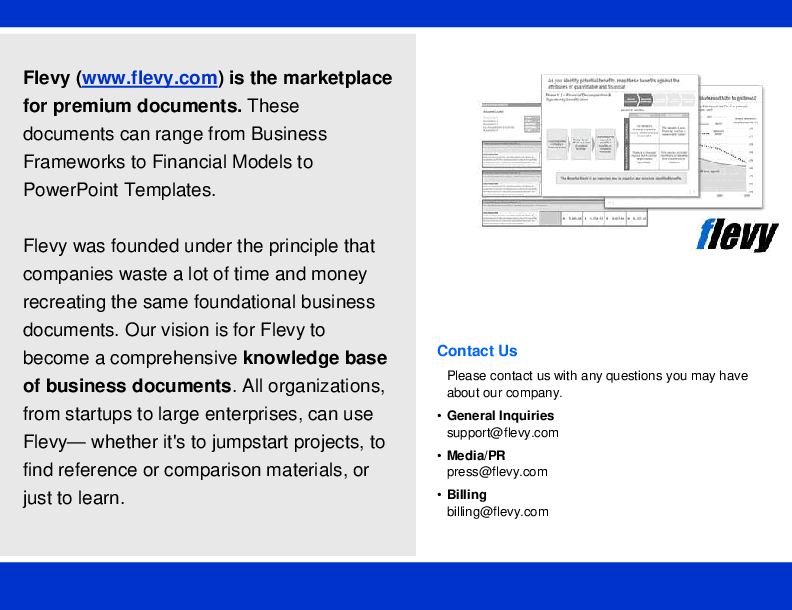COBIT 2019 Implementation Phase RACI Matrix (Excel XLSX)
Excel (XLSX) + supplemental PDF
BENEFITS OF THIS EXCEL DOCUMENT
- Provides a way to evaluate your companies implementation life cycle
RACI EXCEL DESCRIPTION
Continual improvement of Enterprise Governance of Information and Technology (EGIT) is accomplished using a seven-phase implementation life cycle. The successful execution of these phases relies on establishing the responsibilities of each group of role players in the phase. These roles defined are generic. Not every role necessarily must exist as a specific function.
This matrix chart describes who is responsible, accountable, consulted, and informed (RACI) for key activities selected from the continual improvement (CI), change enablement (CE), and program management (PM) tasks, with corresponding cross-references. Activities covered in the RACI chart are the most important ones: those that produce deliverables or outputs to the next phase, have a milestone attached to them or are critical to the success of the overall initiative.
This matrix is not intended to be prescriptive. Rather, it constitutes a generic phase and task plan that should be adapted to suit a specific implementation.
The COBIT 2019 Phases are:
Phase 1: What are the drivers?
Phase 2: Where are we now?
Phase 3: Where do we want to be?
Phase 4: What needs to be done?
Phase 5: How do we get there?
Phase 6: Did we get there?
Phase 7: How do we keep the momentum going?
This template provides a comprehensive breakdown of responsibilities across various roles, ensuring clarity and accountability throughout the COBIT 2019 implementation phases. The matrix includes key stakeholders such as the Board, IT Governance Board, CIO, Business Executives, IT Managers, IT Process Owners, IT Audit, and Risk and Compliance. Each role is meticulously mapped to specific tasks, highlighting who is responsible, accountable, consulted, and informed for each activity.
The Excel template is designed to be adaptable, allowing organizations to tailor the matrix to their unique needs. The structured layout facilitates easy reference and quick identification of role-specific duties, promoting efficient collaboration and communication among team members. This tool is essential for organizations aiming to streamline their governance processes and achieve successful implementation of COBIT 2019.
Got a question about the product? Email us at support@flevy.com or ask the author directly by using the "Ask the Author a Question" form. If you cannot view the preview above this document description, go here to view the large preview instead.
Source: Best Practices in RACI, COBIT Excel: COBIT 2019 Implementation Phase RACI Matrix Excel (XLSX) Spreadsheet, EdmeadFlevy






